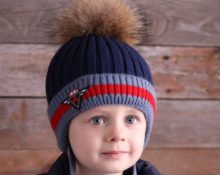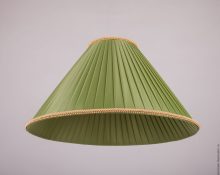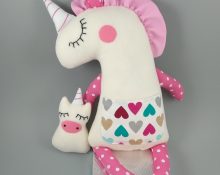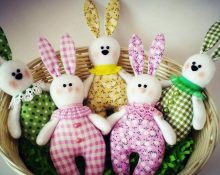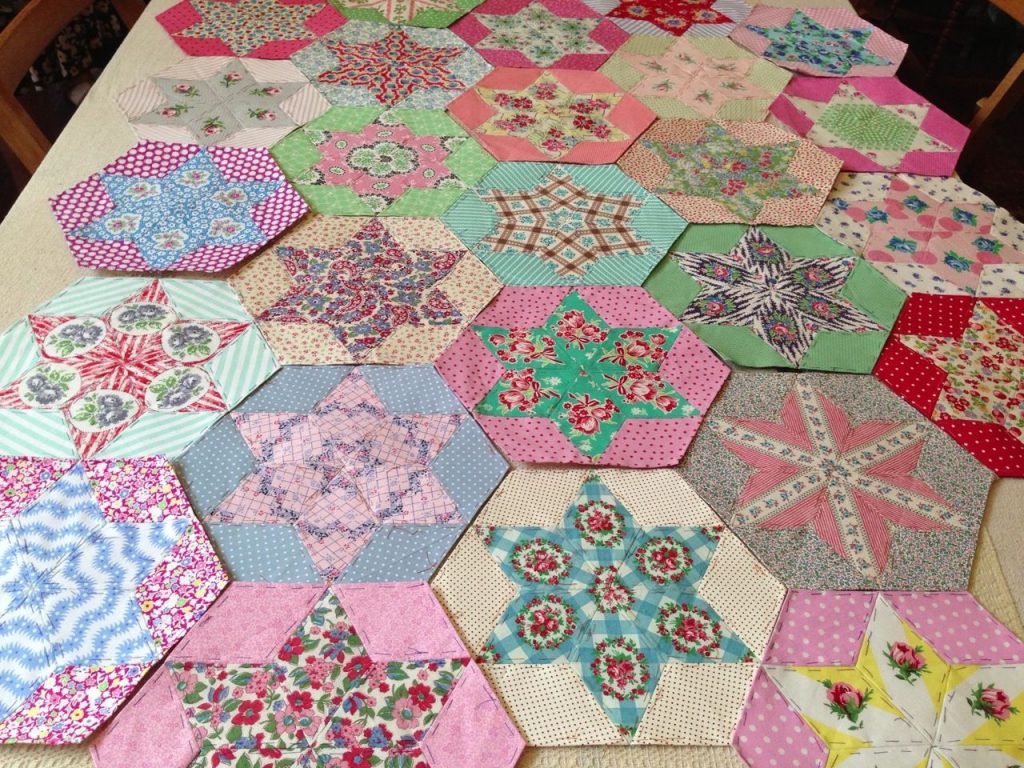
creativecommons.org
English sewing on paper ensures high accuracy of grinding elements, regardless of their size. The technique makes it easier to work with small fragments. Preparation of flaps is much faster than using the standard approach. With the help of paper, a large blanket, baby blanket or other large product turns out neater. Patchwork in English allows you to use scraps of fabric left over from previous projects. And one more plus - the lobar thread does not matter, there is no need to monitor its direction.
This is a kind of knitting from fabric that allows you to create unique paintings with your own hands. The operation scheme is clear and simple. The only negative is the high consumption of materials. All actions are done by hand, without using a machine. Seam allowances on fabric pieces are folded strictly along the edges of the paper figure. Then they are basted with a needle and thread.The finished fragments are joined with a hand seam, and the paper is removed.
If the template is too small, special applique needles are used. They are shortened. Working with long, large patterns requires careful fixation. The material should not slip.
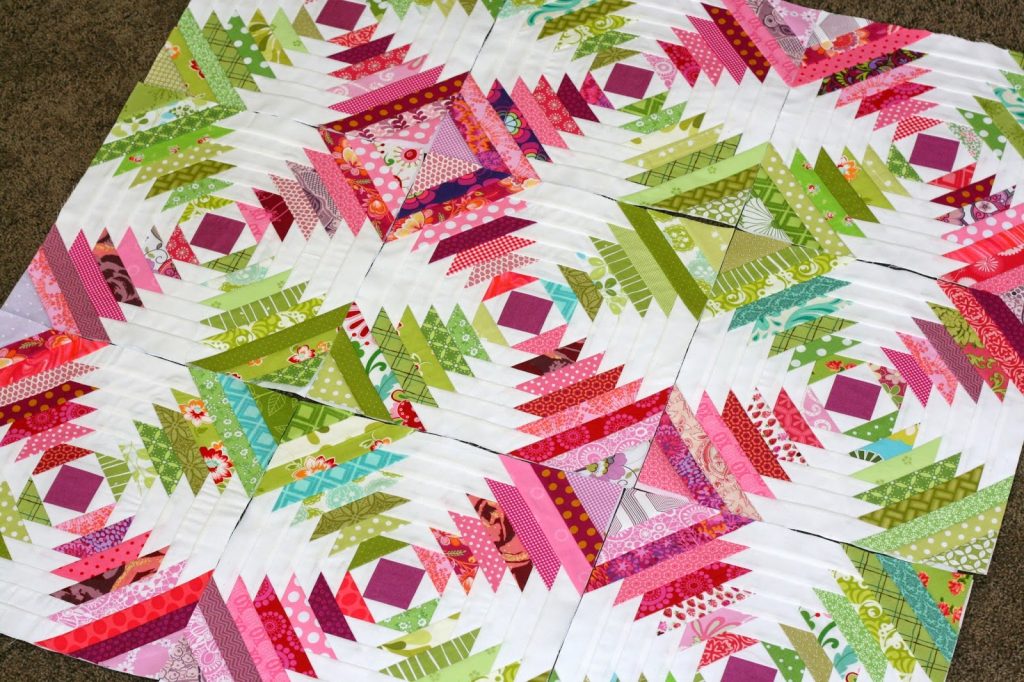
creativecommons.org
Patchwork in English technique - English patchwork
Patchwork in English involves the use of various paper patterns. They can have any size or shape. The most common decoration option is a flower made from patches. Craftswomen use hexagonal layouts. To make paper parts, you need relatively thick paper.
Templates are individual fragments of the product, which are hemmed along the entire perimeter with a hand seam. Afterwards they are combined from the wrong side, stitched through the edges.
Before starting work, you should think about what kind of item will be sewn using English technology. The choice is quite large. You can make a beautiful pillowcase, blanket, window curtains, bag or wallet and much more. For the patchwork technique you will need:
- A flat table or a special mat. The material will be cut on it.
- A sheet of paper of the appropriate size.
- Ruler, cutting knife with replaceable disc blades.
- Several needles for fixation, pins.
- Scissors, sewing machine.
- Different materials - flaps of any size and color.
England - patchwork, step-by-step master class
Sequential algorithm for creating products using the English patchwork sewing method:
- On a square piece of paper we will draw a drawing of the future product. The optimal square size is 30 X 30 centimeters. The scheme can be developed independently or borrowed from the network.
- Choose thin but durable paper. It should not break during operation.We increase the edges of each block by one and a half centimeters. The parameter may change. The characteristics of the item being manufactured should be taken into account.
- We select a piece of fabric of the optimal size, cut out each element of the pattern shown on the sheet, taking into account the edge allowances.
- We secure each piece of fabric with pins on a paper template. We sew all the parts together one by one.
- Experts recommend starting work in one corner of the drawing and finishing in the opposite.
- We put the first part on paper. The front part looks up. Attach with pins. Next, joint to joint, we apply the second part also with the outer side to the first part.
- We fasten the elements with pins. Turn over and sew the fragments along one edge from the side of the paper template.
- Let's unfold the flaps and bend the second element. Let's add a third part to it. Again, turn the front side to the facing of the parts, fasten, unfold and sew.
- Let's go back to the beginning and continue adding pieces of fabric to the picture one by one. We move according to the drawn drawing until the canvas is finished.
- If possible, each seam should be ironed.
- We combine the flaps into pairs, sew them into blocks and form the finished product.


 0
0
